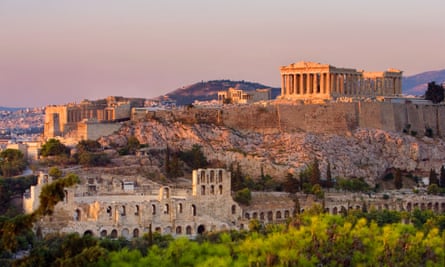Indian Americans make up less than 1 per cent of registered voters for the November 3 election, but are important if the vote is close

Nearly three-quarters of Indian Americans plan to vote for Democratic presidential candidate Joe Biden in the US election next month, believing the country is headed in the wrong direction under President Donald Trump, according to a survey on Wednesday.
Indian Americans, the second largest immigrant group in the United States, make up less than 1 per cent of registered voters for the November 3 election. But both parties have reached out to the community in case they become important in the event of a close vote.
The Indian community is also in the spotlight after Mr Biden picked Senator Kamala Harris, the daughter of an Indian immigrant, as his running mate. Harris is the first Black woman and Asian American in history to make the presidential ticket for a major party.
The survey found 72 per cent of registered Indian American voters supported Biden for president compared to 22 per cent for Mr Trump. The rest either chose "others" or said they did not intend to vote.
The survey, a collaboration between the Carnegie Endowment for International Peace, Johns Hopkins-SAIS, and the University of Pennsylvania, covered 936 Indian Americans.
It was conducted between September 1 and September 20 in partnership with YouGov with an overall margin of error of +/- 3.2 per cent.
The Indian community has traditionally supported the Democratic Party, but strong personal ties between Mr Trump and Indian Prime Minister Narendra Modi have raised expectations of a shift.
In an effort to win support from Indian-American voters, Mr Trump hosted a 50,000-person "Howdy Modi" rally in Texas with Mr Modi last year. Mr Modi returned the favour in February, organising a 110,000-attendee rally for Mr Trump in India.
There has been speculation the Indian community in the US may not favour a potential Biden presidency, fearing he may be tougher on India on issues such as human rights and civil liberties that activists say are increasingly at risk under Mr Modi.
Still, the survey showed little erosion in support for Mr Biden.
"The big takeaway from these numbers is that there is scant evidence in the survey for the widespread defection of Democratic voters towards Trump," said Milan Vaishnav from the Carnegie Endowment for International Peace, Devesh Kapur from Johns Hopkins and Sumitra Badrinathan in their assessment.
Voters who were polled listed the economy and healthcare as their top two concerns in the lead-up to the vote. US-India ties were near the bottom of the list.
Ms Harris's run for vice president has galvanised Indian Americans to turn out to vote, especially the Democrats.
About 49 per cent of respondents indicated that Ms Harris’s nomination made them more enthusiastic about Mr Biden’s candidacy while just 15 per cent said it made them less enthusiastic.
Ms Harris is born to an Indian mother and a Jamaican father who both emigrated to the United States in their youth to study.



































